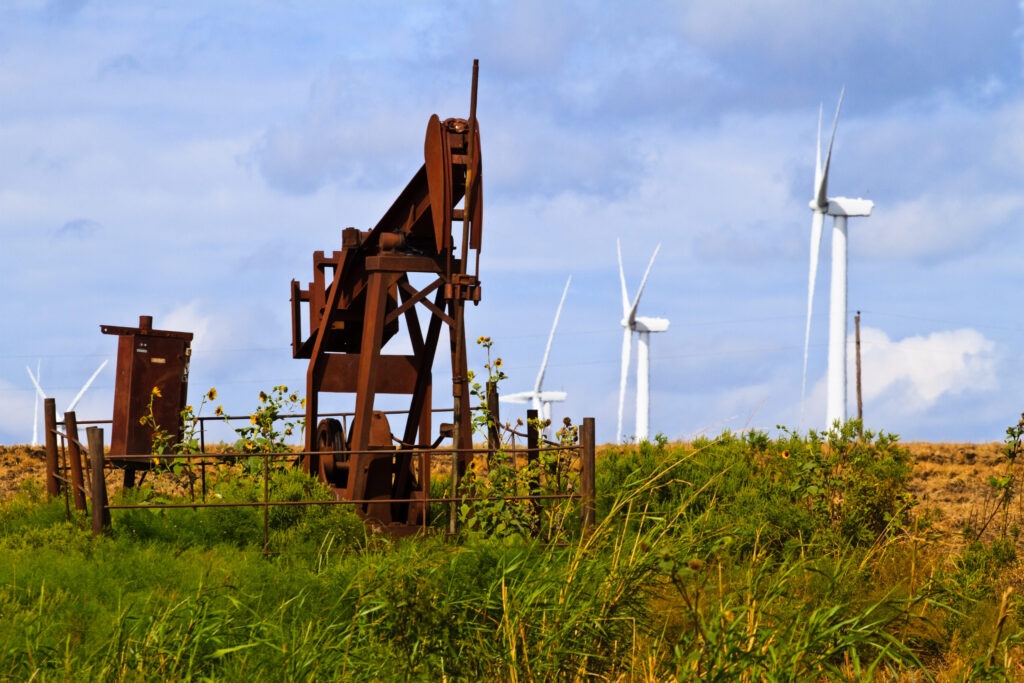Media fact-checks Texas power issues, fails to analyze Biden’s initial response
February 24, 2021
The world watched in horror as Texas experienced one of the worst forced blackouts in history, leaving millions without power. As people scramble to make sense of the energy crisis, media fact-checkers were working in overdrive.
CNN jumped to publish a fact-check article to counter the idea that wind and solar were responsible for the outage.
Reuters ran an article headlined, “The causes for Texas’ blackout go well beyond wind turbines.” CNBC speculated why the “Texas power grid failed.”
While there is no denying there is a hybrid policy conversation to address this crisis, there is a very important fact that is missing from the major media analyses.
On Feb. 12, Texas Gov. Greg Abbott “declared a state of disaster threat of widespread damage due to prolonged freezing temperatures.”
The Electric Reliability Council of Texas, which is responsible for 90% of Texas’s energy, reported they needed an “increase in energy supplies” to help counter the negative effects of the storm. ERCOT also reported that “numerous energy generation units will be unable to operate at full capacity without violating federal air quality or other permit limitations.”
These issues were listed in a request submitted to the Department of Energy on Feb. 14 regarding discretion for “using their energy generators and relief from exceeding state emissions requirements during emergency conditions”.
The Department of Energy responded that while it would allow a certain increase in energy output, it would not “provide relief from obligations to purchase energy allowances for emissions that occur during the emergency condition.” They also specified their priority to “minimize adverse environmental impacts, by limiting operation of dispatched energy units.”
The order from the Department of Energy also hiked the price of power credits being sold to the state at a price “no lower than $1,500/MWh,” a significant increase over the $18.20 that Texans typically pay for the same amount of energy.
While there are many factors that could have led to this energy crisis, such as the need for energy diversity, winterizing their energy infrastructure — ignoring this very real administration regulatory hurdle will hinder conversations regarding how to avoid this crisis in the future.
